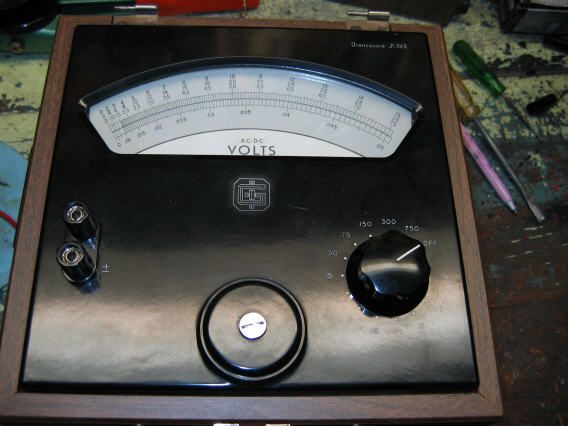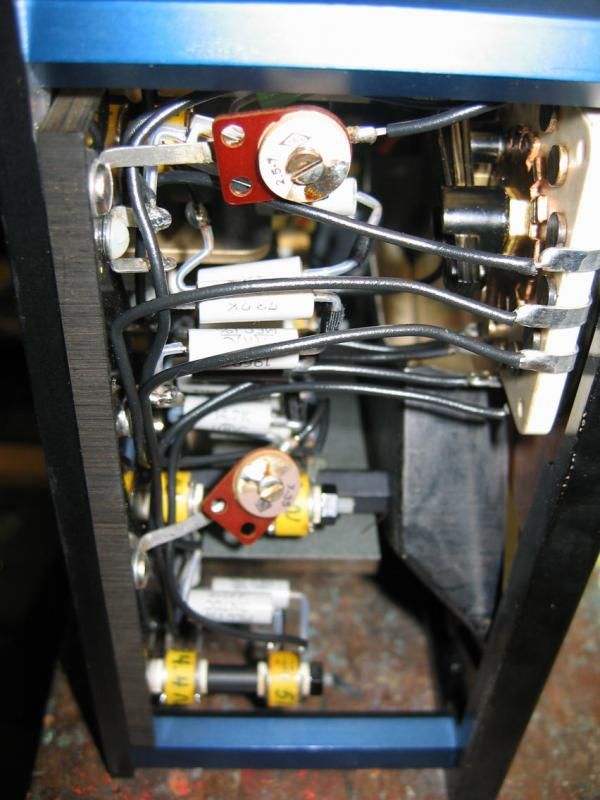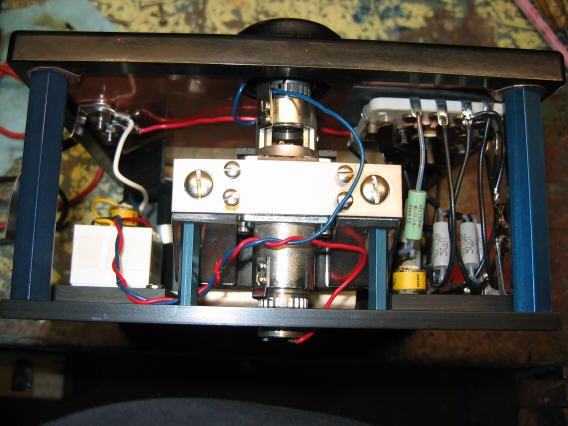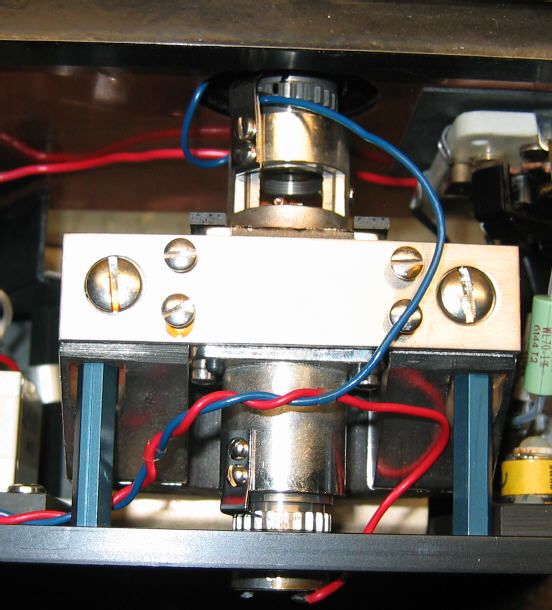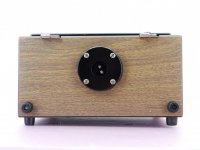I know there are some folks here that restore "antique" electrical instruments.
I have a Greibach model 500 AC/DC true RMS voltmeter, having the bifilar suspension Emil Greibach patented (2,562,183), and a light-beam display. (light beam shows a line indicating the reading).
There is a problem with the suspension, and the suspension tube needs to come out to check it out further. The method for this is not quite obvious, although I probably can figure it out. However, if any of the folks who do instrument restoration happen to know anything about these, info would be welcome.
There is a fairly complete explanation of what looks like the correct, same, mechanism in the patent, but nothing of course on how to take the suspension assembly out of the unit. No doubt it was a "return to factory" situation even back in 1951 when the patent was issued.
Google etc provides ebay etc links but no further info. These things are fairly widespread, lots of "for sale" listings, and if the serial no is any guide, there were a fair number made.. IIRC, the serial no is around 8300.
BTW, yes I am crazy to fiddle with it.... Anyone who restores old stuff is probably by definition crazy.
I have a Greibach model 500 AC/DC true RMS voltmeter, having the bifilar suspension Emil Greibach patented (2,562,183), and a light-beam display. (light beam shows a line indicating the reading).
There is a problem with the suspension, and the suspension tube needs to come out to check it out further. The method for this is not quite obvious, although I probably can figure it out. However, if any of the folks who do instrument restoration happen to know anything about these, info would be welcome.
There is a fairly complete explanation of what looks like the correct, same, mechanism in the patent, but nothing of course on how to take the suspension assembly out of the unit. No doubt it was a "return to factory" situation even back in 1951 when the patent was issued.
Google etc provides ebay etc links but no further info. These things are fairly widespread, lots of "for sale" listings, and if the serial no is any guide, there were a fair number made.. IIRC, the serial no is around 8300.
BTW, yes I am crazy to fiddle with it.... Anyone who restores old stuff is probably by definition crazy.


